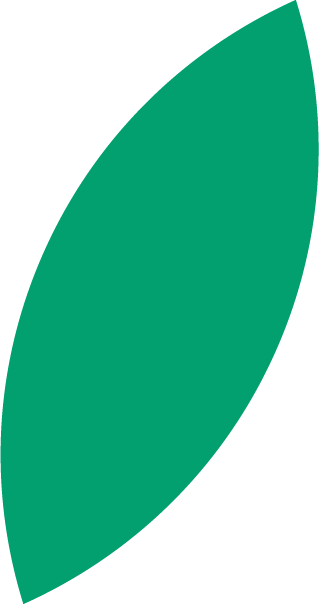What Quality Assurance Really Means for Your Spa, Clinic, and Salon Software
A peek behind the curtain: how rigorous testing ensures reliability, data safety, and smooth day-to-day operations for busy salons, spas, and clinics. “In a salon, clinic, or spa, confidence begins in the mirror — but it’s sustained by the systems you can trust behind the scenes.” The usual rhythm of a busy salon, spa, or … Continued
Read article




